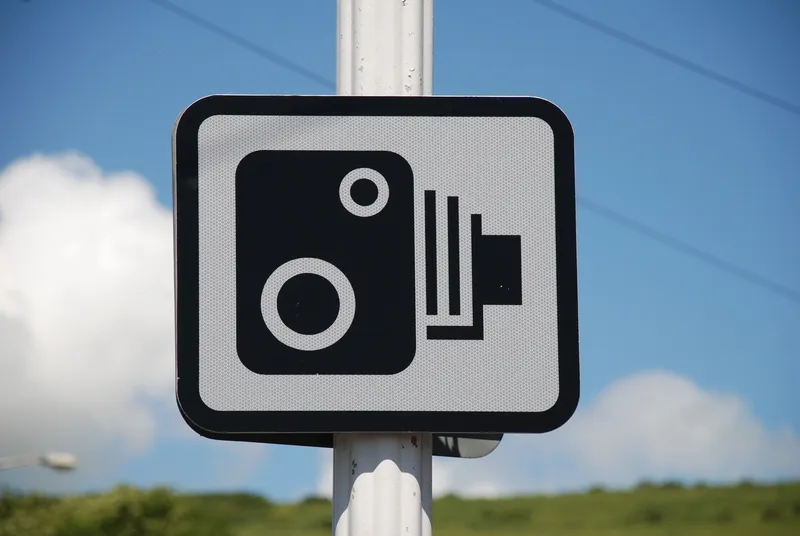
TRL has won a two-year contract with the Governor’s office of Ulaanbaatar, the capital of Mongolia, to develop and implement a road crash data management system.
Mongolia lies between Russia and China and, according to the World Health Organisation, the country's mortality rate from road traffic crashes is 12 per 100,000 inhabitants (WHO 2023) - more than twice the European average of five road deaths per 100,000.
WHO says road crashes represent one of the main causes of death in Mongolia, especially among young men.
In Ulaanbaatar, home to 1.6 million people, TRL will work with the traffic police department to establish an integrated road crash data management system.
TRL says its road crash analysis software will enable the collection, analysis and sharing of road crash and safety performance data among various agencies: "By providing access to accurate and timely data, the project aims to facilitate evidence-based decision-making for interventions designed to reduce the number of deaths and injuries on the roads."
TRL CEO Paul Campion says: "Our goal is to provide the tools necessary for the traffic police and other stakeholders to make informed decisions that will save lives and enhance road safety across the region.”
The software may be rolled out across Mongolia, TRL says.










